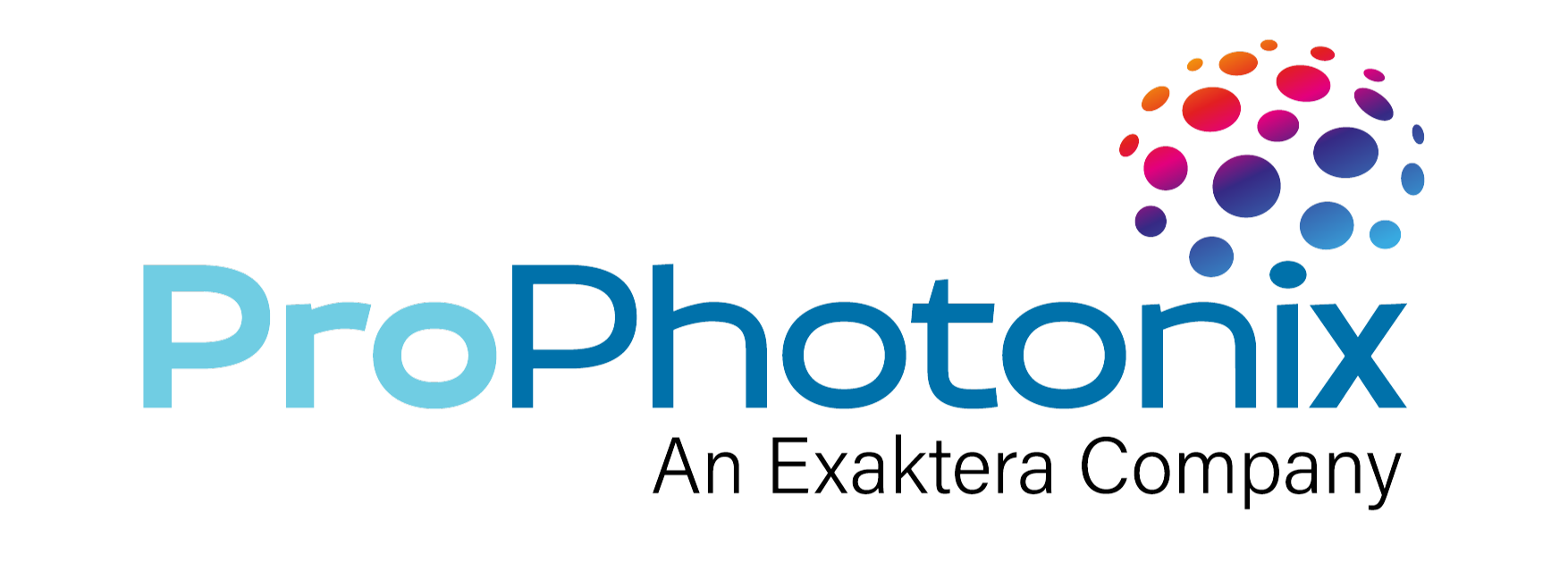In our previous post on machine vision lighting, we looked at wavelength and intensity in machine vision lighting. This post will look at the types of machine vision systems in use, as well as how this will impact on your machine vision lighting selection.
Machine Vision Applications
There are a number of different types of machine vision lighting applications and these can be classified in different ways. For the purposes of this post, we will focus on the most common classifications i.e. classification by camera type which divides applications into area scan and line scan applications.
These terms refer to vision systems utilizing either an area scan or line scan camera and, according to AIA, are defined as follows:
Line Scan Cameras – Cameras that use sensors that consist of a single row of photodectors. These can also be called a linear array cameras.
Area Scan Cameras – All cameras covering an area at once rather than a single line at a time. Area scan cameras are typically of two types: interlaced and progressive scan.
As a general rule of thumb for machine vision lighting, line scan vision systems will typically use a linear light (LED Line Light) while a wide variety of form factors can be used in area scan applications. LED Area, ring and spot lights can be used depending on the illumination requirements.
ProPhotonix offer a range of LED Area, Ring and Spot lights in compact form factors. These products offer high intensity, excellent uniformity and are available in a wide range of wavelengths. For more information see our SpecBright Machine Vision Lighting range
As a leader in the line scan market, ProPhotonix offers the widest range of Line scan illuminators available from any supplier. Our range includes the SpecBright LED Line Light, as well as a wide range of solutions based on our market leading COBRA Slim series. Visit the COBRA Slim Series page to learn more.
Our next post will discuss the importance of the target material its properties and characteristics, in determining your illumination requirements.





